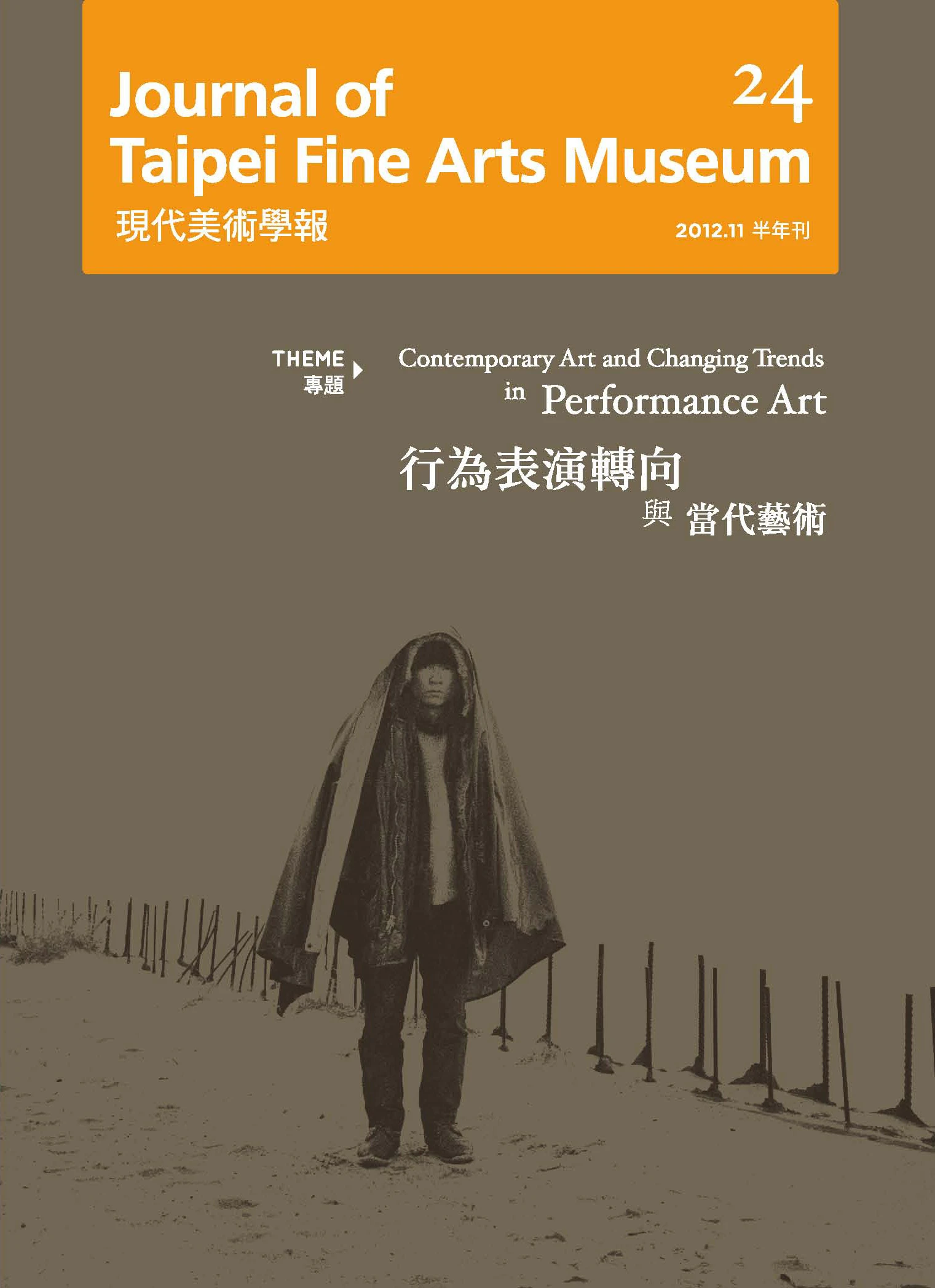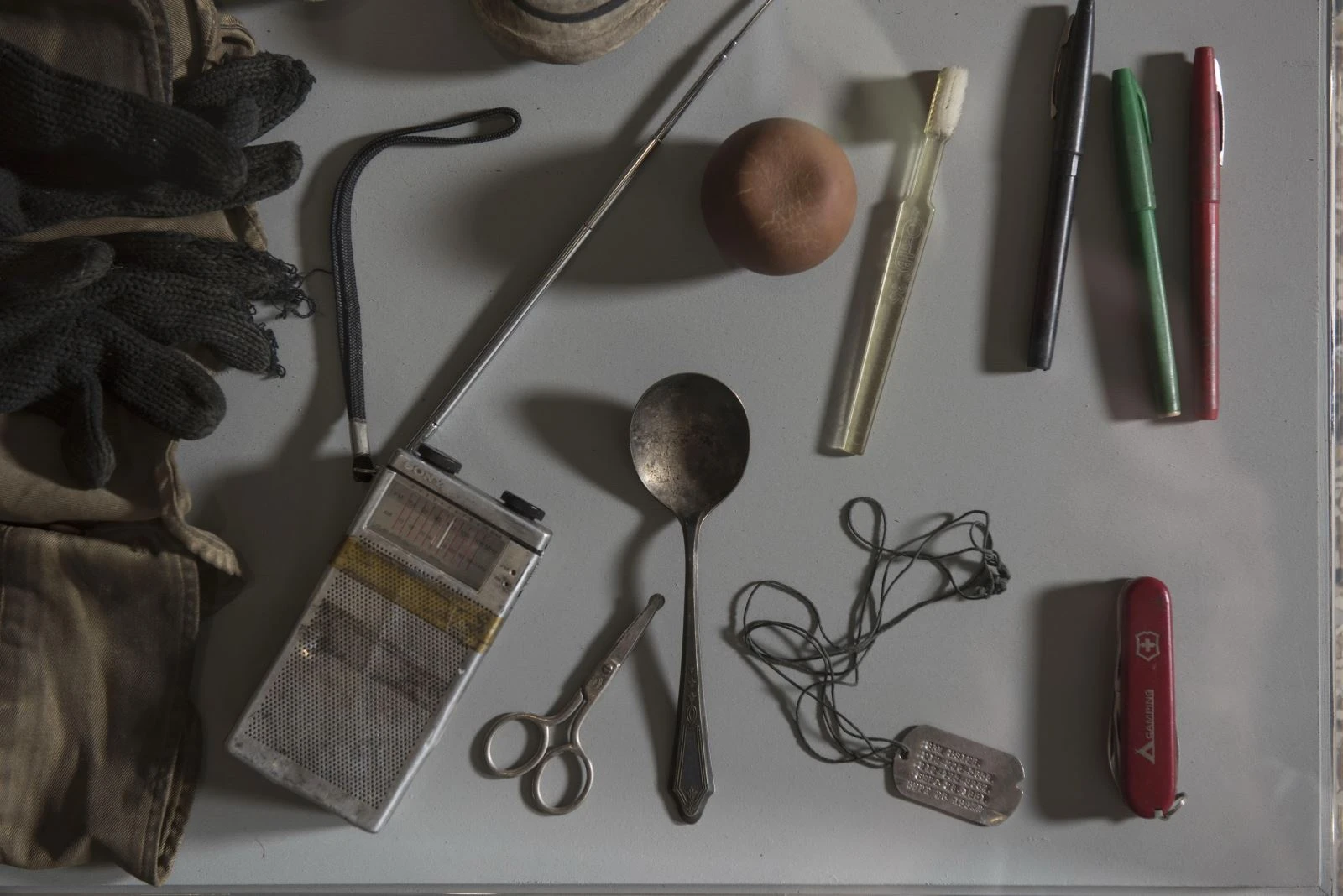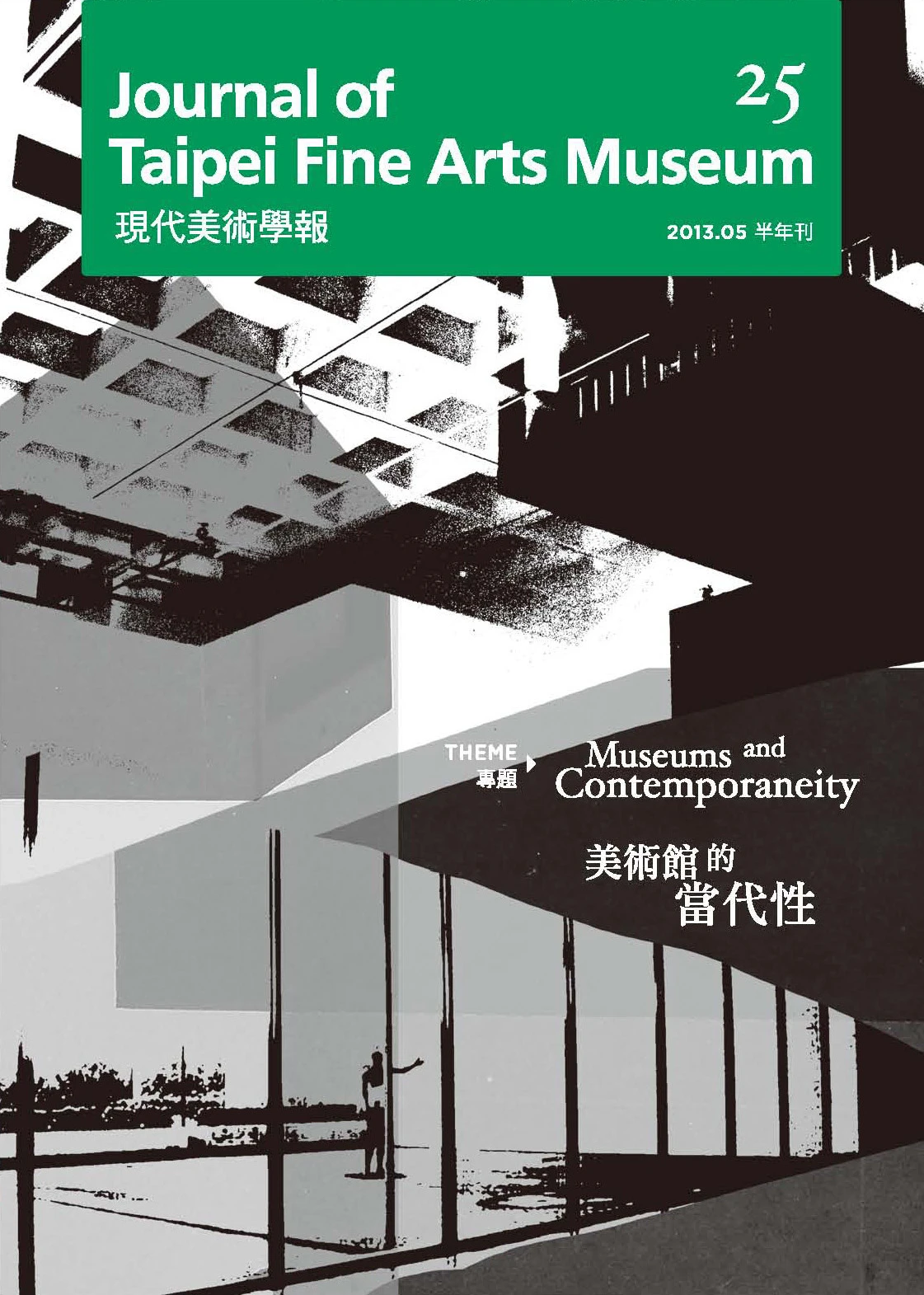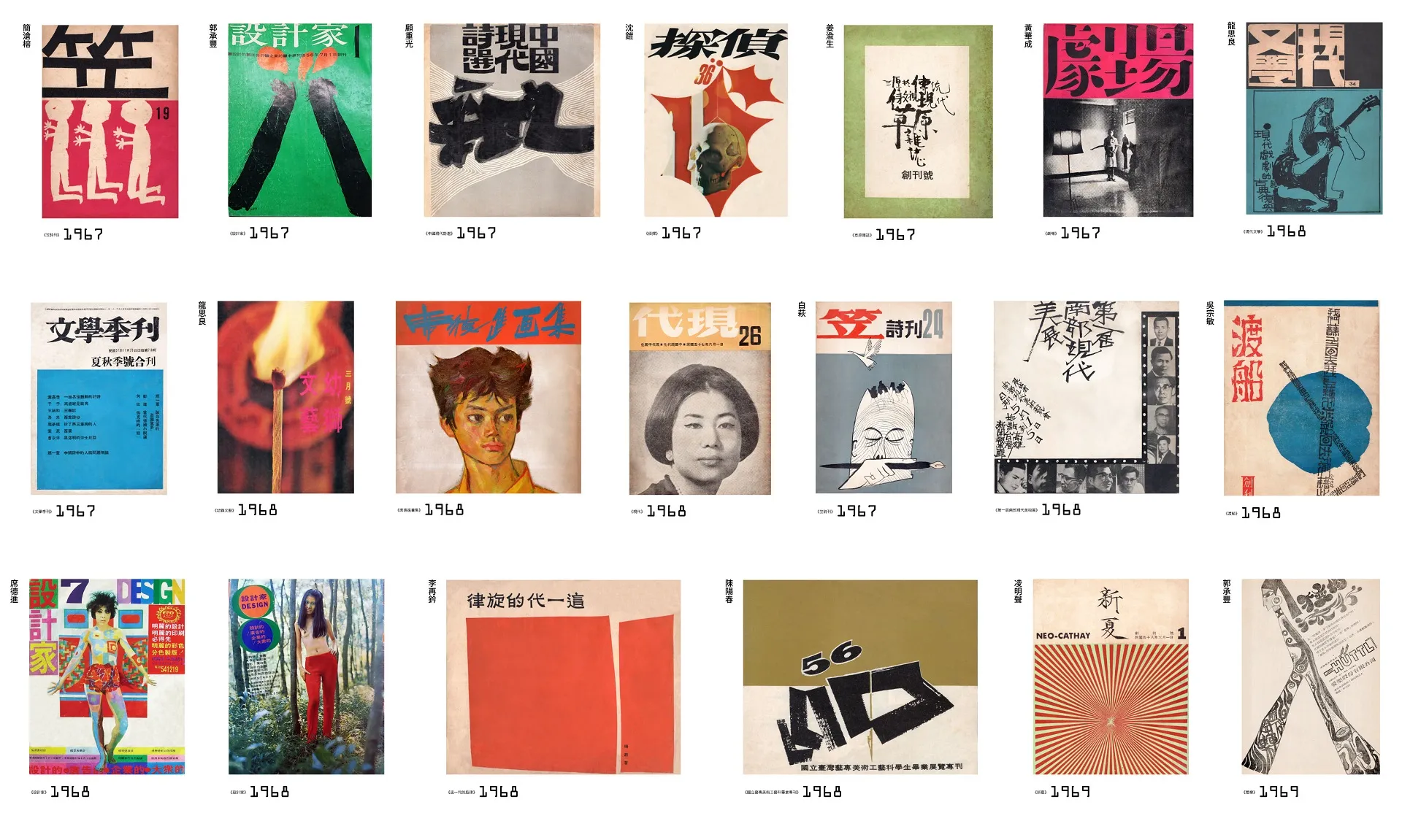摘要
本文以「製作」「土匪」(臺灣武裝抗日勢力代稱)為研究主題,初探1895年至1915年「殖民地戰爭」狀態下的臺灣犯罪攝影早期發展階段。研究材料以總督府法規、官方文件及殖民影像為一手史料,包括原具政治機密檔案性質的戰爭攝影與司法攝影,並一一列舉與事件相關但尚未經研究探索的寫真帖。本文將聚焦最早期的三種犯罪影像生產場域:戰場、國境、監獄,考察兩種犯罪指認的視覺權力技術之爭:人相特徵書寫與肖像寫真攝影,最後對殖民史上最大規模的漢人武裝抗爭事件「西來庵事件」及其影像出版品進行文本分析。研究發現:一、就犯罪指認的身分機制,戰爭狀態下催生了如何區別「土匪」或「良民」的政治需求。臺灣史上最早的視覺身份證照機制(護照與簽證),來自於國境對特定可疑對象從嚴查驗的出入境管制與通關檢查。二、就犯罪指認的權力技術,在1910年代前,人相書寫在實務上是比司法攝影更主要的技術。三、就犯罪攝影的影像敘事,在戰爭暴力性的視野管制下,再也不見「土匪」之死,後期轉為強調「暴徒」暴力性。其次是,「匪徒」群眾影像的缺席及其「匪首」肖像的類型化,早期強調戰敗受降的匪首特寫與歸順式,後期的犯人照則更訴諸於司法審判意義下的影像罪犯。最後則從展示的政治,考察英雄或土匪影像的見真與欺偽,提醒歷史影像化的危險。
關鍵詞
殖民攝影、犯罪指認、身分證照、視覺政治、西來庵事件
Abstract
This exploratory study investigates the earliest stages of the development of criminal photography in Taiwan under 'colony warfare' from 1895 to 1915. Using government regulations, official documents and colonial images as the primary sources, which mostly were classified archives including war photography and juridical photography, in addition to some unexplored book-form photographic albums, this paper will examine the making of 'the bandits' (Taiwanese Anti-Japanese Armed Guerrillas) by the colonial camera. The major findings are as follows: first, on criminal identification mechanisms, the invention of the earliest ID photograph mechanisms emerged from the border crossing inspection in order to target the suspect population under martial rule. Second, on the identification techniques, two competitive techniques were involved, namely the verbal portrait based on physiognomy description and the mug shot based on the Bertillon system. Third, the visual narratives of 'the bandit' changed as well. The war violence was increasingly un-visualized and even replaced by the violence of the revolt itself. Besides, the bandit portraits represented a kind of stereotype from the surrender of guerrillas to the real outlaw in the standardized form of mug shot. Finally, on the politics of the exhibition, these findings may have further implications for reflection on the nature of criminal photography and the colonial images as suspicious historical evidence.
Keywords
Colonial photography, Criminal identification, ID photograph, Visual Politics,Tapani incident






